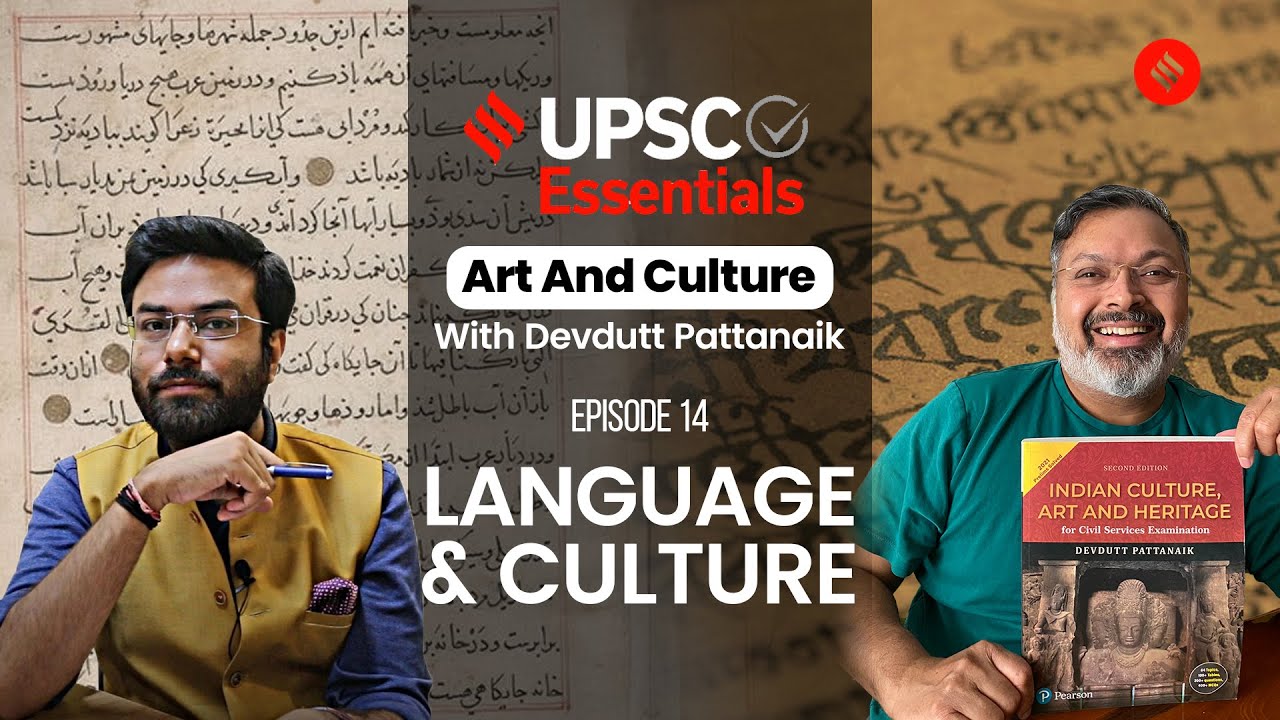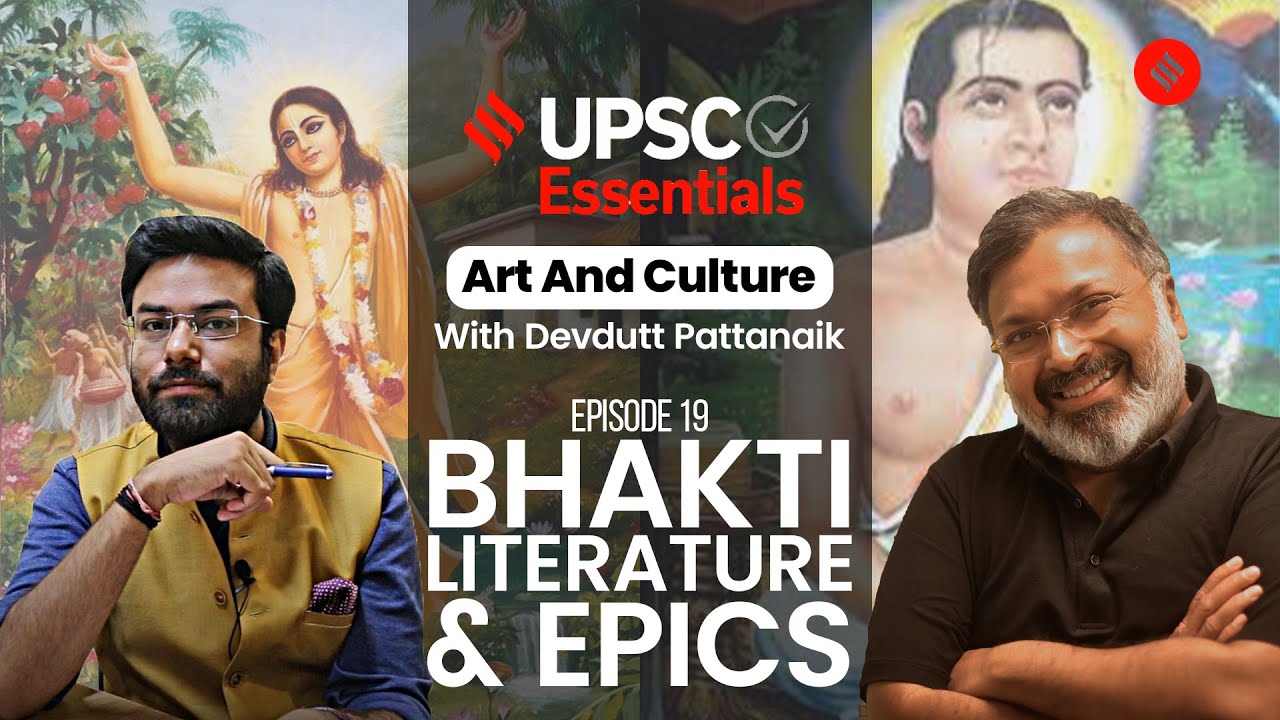Class 6 History Chapter 1 | What, Where, How and When | NCERT Guruji
Summary
TLDRThe video script delves into the rich tapestry of Indian history, exploring how people lived, their occupations, and the evolution of society. It discusses the importance of manuscripts, inscriptions, and archaeology in understanding the past, highlighting the diverse lifestyles of rulers, farmers, merchants, and artisans. The script also touches on the significance of rivers, the development of agriculture, and the influence of various cultures and religions in shaping India's heritage.
Takeaways
- 📰 The script discusses various ways to learn about past events, including reading newspapers, listening to the radio, and watching television.
- 🗓 It highlights the importance of historical records and how they help us understand events from a thousand years ago, such as the mention of 'Sidney' and 'Evan'.
- 🌐 The transcript touches on the concept of 'Clouds' and how they metaphorically represent the vast amount of information available to us about the past.
- 👣 It describes the different roles people played in history, such as hunters, farmers, merchants, priests, and artists, and how studying their lives can provide insights into the past.
- 🎮 The script mentions how children's games can offer a window into the past, suggesting that understanding their play can reveal historical practices and stories.
- 🏞️ It talks about the significance of geographical features like rivers in the settlement and lifestyle of ancient people, specifically mentioning the Narmada River.
- 🌾 The importance of agriculture is underscored, with a discussion on the early cultivation of crops like wheat and barley around 8000 years ago.
- 🏛️ The script delves into the development of cities and civilizations, with an emphasis on the Indus Valley Civilization and its sophisticated urban planning.
- 🛣️ It discusses the challenges and methods of ancient travel, including the use of trade routes and the difficulties faced by merchants and travelers.
- 🏺 The importance of archaeological findings in understanding past cultures and lifestyles is highlighted, including the study of pottery, tools, and inscriptions.
- 📜 The script also mentions the value of manuscripts and inscriptions in preserving historical knowledge and the stories of both royalty and common people.
Q & A
What is the main theme of the video script provided?
-The main theme of the video script is the exploration of historical events, cultures, and the development of human societies over time, with a focus on India's historical context.
How does the script discuss the importance of rivers in ancient civilizations?
-The script highlights the significance of rivers like the Indus and the Narmada in supporting ancient civilizations, providing water for agriculture and serving as trade routes.
What is the role of manuscripts in understanding the past as mentioned in the script?
-Manuscripts, being handwritten documents, are crucial sources of information that historians use to study the past, including literature, poetry, and accounts of daily life.
How does the script describe the evolution of human settlements?
-The script describes the evolution of human settlements from early riverbank dwellings to the development of cities and the establishment of powerful kingdoms.
What is the significance of the term 'India' in the script?
-The term 'India' is derived from the Indus River and has been used historically to refer to the South Asian subcontinent, reflecting the region's geographical and cultural identity.
How does the script address the concept of travel in ancient times?
-The script discusses travel in ancient times as a means for trade, conquest, and the spread of ideas and cultures, mentioning the challenges and the importance of natural frontiers.
What is the script's perspective on the role of archaeology in uncovering history?
-Archaeology is presented as a vital discipline that helps uncover and interpret the past by studying physical artifacts, structures, and remnants of past societies.
How does the script mention the use of inscriptions in historical research?
-Inscriptions on hard surfaces like stone are mentioned as important historical records that provide evidence of past events, laws, and daily life.
What is the significance of the script's discussion on the diversity of life in ancient times?
-The script emphasizes the diversity of life in ancient times, highlighting the different roles and lifestyles of people such as rulers, merchants, farmers, and artisans.
How does the script connect the past with the present in terms of human activities?
-The script draws parallels between past and present human activities, such as the collection of food, the establishment of settlements, and the pursuit of trade and adventure.
What is the script's stance on the importance of preserving and studying ancient traditions and cultures?
-The script advocates for the importance of preserving and studying ancient traditions and cultures as a means to enrich our understanding of human history and societal development.
Outlines

此内容仅限付费用户访问。 请升级后访问。
立即升级Mindmap

此内容仅限付费用户访问。 请升级后访问。
立即升级Keywords

此内容仅限付费用户访问。 请升级后访问。
立即升级Highlights

此内容仅限付费用户访问。 请升级后访问。
立即升级Transcripts

此内容仅限付费用户访问。 请升级后访问。
立即升级浏览更多相关视频

History of China, Korea, Japan & Southeast Asia | Foundations of Eastern Civilization

O Povo Brasileiro - Episódio 1: Matriz Tupi

Devdutt Pattanaik On Understanding Language & Culture: Art & Culture EP14 | UPSC Essentials

Lies of History About Ancient Indians - Aryan Migration Theory DNA Analysis - FutureIQ

Bhakti Literature & Epics: Know In Art & Culture With Devdutt Pattanaik EP19 | UPSC Essentials

BHAKTI SUFI TRADITIONS ||CLASS 12 HISTORY ||CHAPTER-6
5.0 / 5 (0 votes)
